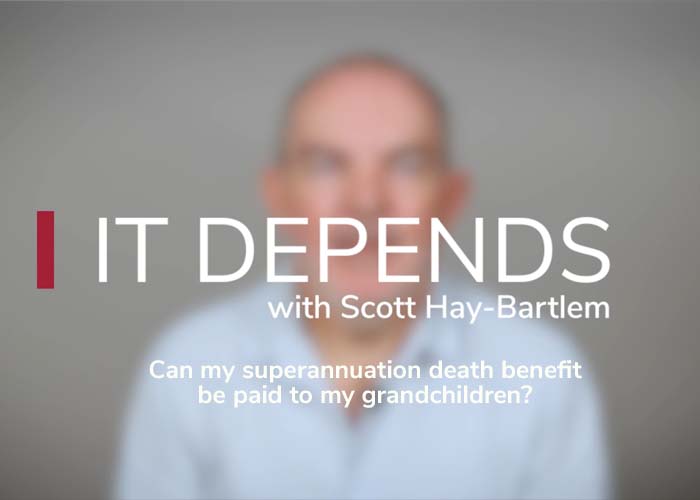Introduction
Superannuation death benefits can only be paid to limited classes of people, including a deceased member’s spouse. Where there is a de facto relationship, it can be difficult to determine whether (and precisely when) the relationship has commenced or ended.
In Nguyen v Australian Financial Complaints Authority [2024] FCAFC 77 (13 June 2024), the Federal Court held that, despite the deceased sending a text message to his sister indicating he was ending his relationship with his spouse, there was no formal termination of the relationship prior to the deceased’s death. Accordingly, the deceased’s Binding Death Benefit Nomination (BDBN) remained valid at his death.
The facts
James Nguyen and Pino Corbisiero commenced a relationship in 2006.
Mr Corbisiero held a superannuation balance and insurance policy with the AMP Super Fund. A death benefit valued at $1.122 million was to be paid upon his death. Mr Corbisiero had a BDBN dated 6 December 2018 directing the trustee of the Fund to pay the death benefit to Mr Nguyen.
Mr Corbisiero died in September 2019.
On the morning of Mr Corbisiero’s death, he sent a text message to his sister that began with the words ‘This is my will and testament …’ and expressed his wish to leave all his assets to his family, referring specifically to his brother, sister and nephew. He explicitly said that he did not want Mr Nguyen to receive any of his assets.
Mr Corbisiero’s family claimed that the relationship between Mr Corbisiero and Mr Nguyen terminated before Mr Corbisiero’s death, as evidenced by the text message. There was also a suggestion by the family that the relationship had ended in around 2016-17, although the pair had remained friends from then onwards.
Mr Nguyen claimed that his de facto relationship with Mr Corbisiero continued until Mr Corbisiero’s death.
Full Court’s reasoning
The Full Court of the Federal Court of Australia noted that, pursuant to rules of the Fund, the BDBN would cease to be valid on the termination of a de facto relationship. However, the rules did not specify the circumstances the circumstances that would give rise to a termination.
On the evidence, the Court found that Mr Nguyen and Mr Corbisiero’s relationship had not ended in 2016-17 and they continued to live together as a couple until Mr Corbisiero’s death. The focus of the appeal was therefore whether the text message Mr Corbisiero sent to his sister was sufficient to terminate his relationship with Mr Nguyen before his death.
The Full Court agreed that, for the purposes of the BDBN, the family law concept of ‘separation’ was analogous to the concept of the termination of the relationship.
They accepted that a party to a de facto relationship does not need to communicate their intention to terminate the relationship to the other party in order for the relationship to be terminated.
However, something more than telling a third party of your intention to terminate a relationship is required to give effect to the termination. The Court referred to this as ‘the practical manifestation of the intention so formed’, or some conduct that is inconsistent with the continuation of the relationship.
When contemplating the type of conduct required, the Court provided examples, such as desertion, unilateral relocation with children or refusal to cohabitate. They held that, while Mr Corbisiero’s conduct in taking his own life carried out the intention he set out in his text message, this did not fall within the scope of conduct that caused the relationship to terminate before his death.
Decision
Ultimately, the Full Court accepted that, while Mr Corbisiero had expressed an intention to end his relationship with Mr Nguyen, he had not actually taken steps to end the relationship prior to his death. As a result, Mr Nguyen was entitled to be paid 100% of the death benefit on the basis that the BDBN was valid at the time of Mr Corbisiero’s death.
Conclusion
While it is difficult to see how this particular dispute could have been avoided, there are still some key takeaways:
1. Relationships have their ups and downs, and not all relationships look the same. The question of whether a relationship has terminated will be considered in light of all the circumstances.
2. Trustees of superannuation funds need to satisfy themselves that a BDBN meets the formal requirements for validity and has not been revoked due to a change in the member’s circumstances.
For further information or assistance with any of the matters contained in this article, please contact one of the key contacts listed.






